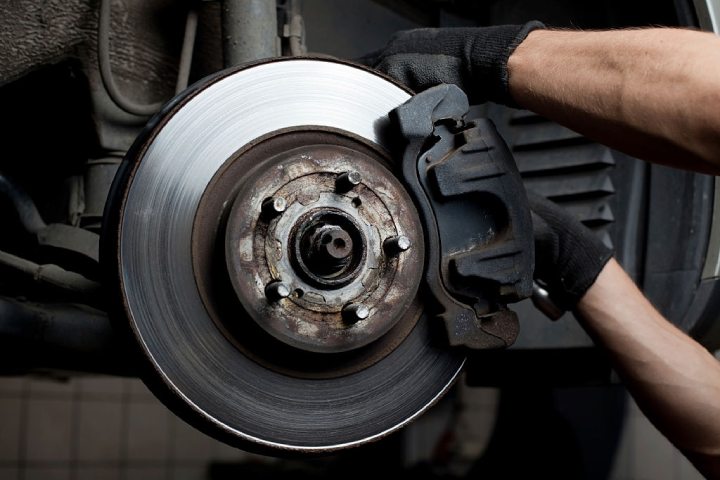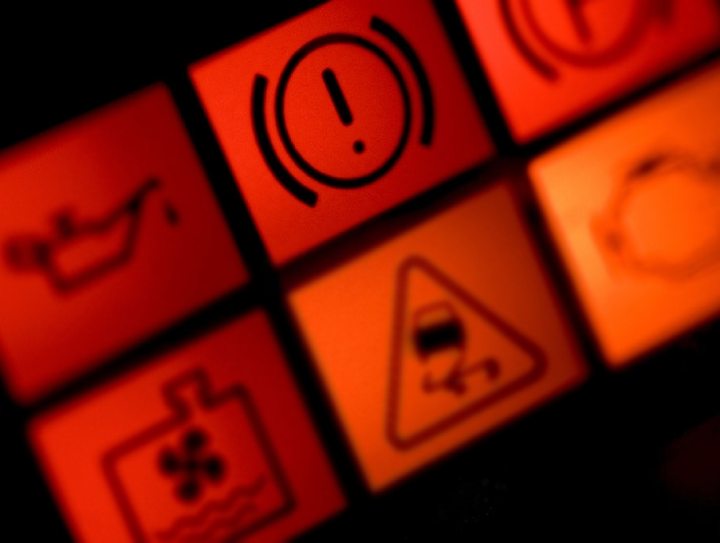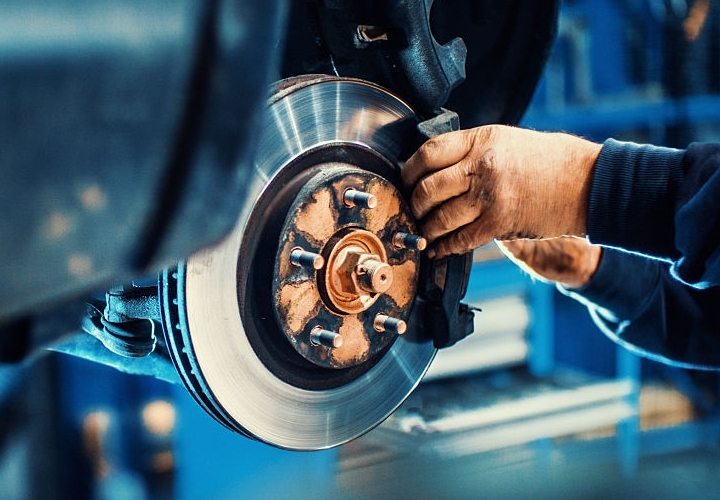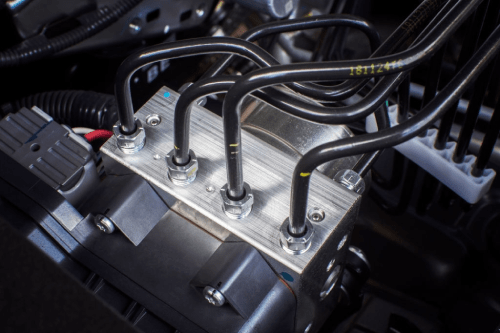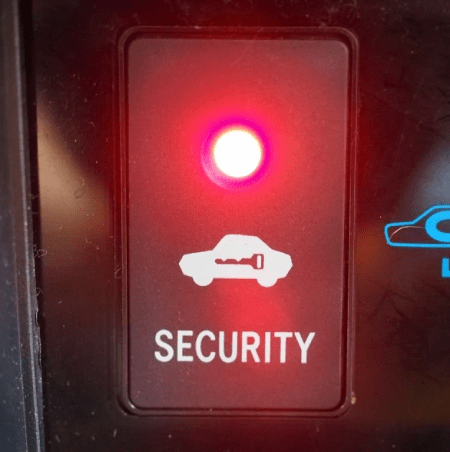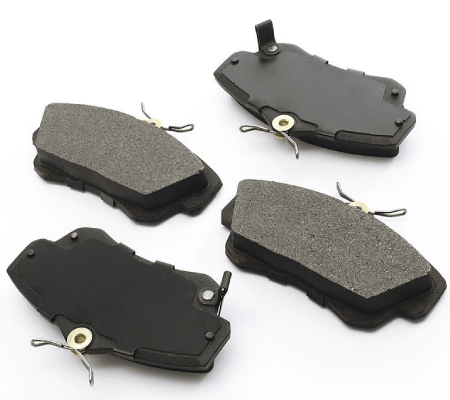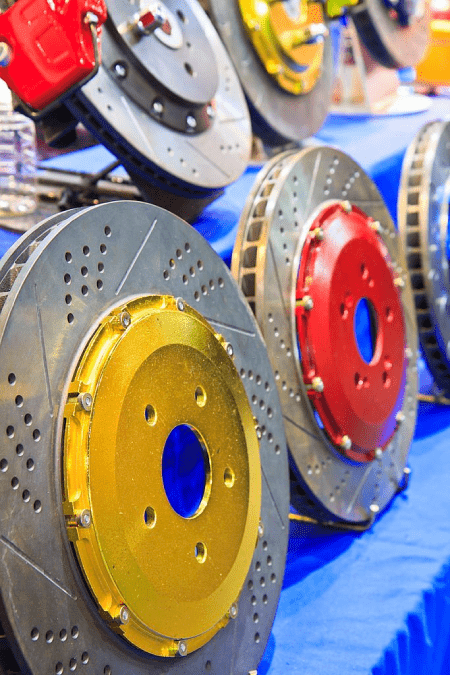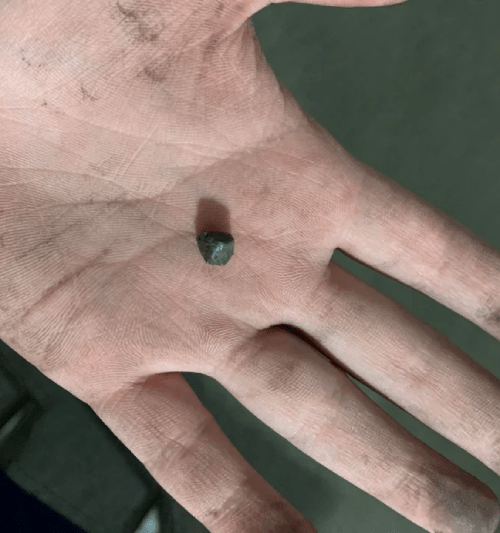Brake fluid is stored in a canister that sits on top of the master cylinder. This canister (which, in most cases, is made of polymer) is known as the brake fluid reservoir. The brake fluid reservoir serves many purposes, which include storing, protecting, and regulating the level of the brake fluid.
- Why is my brake fluid reservoir bubbling?
- How does air get into brake fluid?
- What happens if air gets into brake fluid?
- What to do if you have air bubbles in the brake fluid reservoir
- How do you get the air out of the brake reservoir?
- Two-person manual bleeding
- Single-person manual bleeding
- The pressure bleeder method
- Prevention tips for avoiding air bubbles in brake fluid reservoir
- Conclusion
Although less common, the brake fluid reservoir does have some problems, and a problem with the reservoir could mean a problem with the braking system. In this article, I will talk about one phenomenon in the brake fluid reservoir: the presence of air bubbles.
Why is my brake fluid reservoir bubbling?
The main cause of air bubbles in your brake fluid reservoir can be attributed to the presence of air in the brake lines or the presence of water in the brake fluid, causing the boiling point to drop low enough for the water to start boiling when using the brakes.
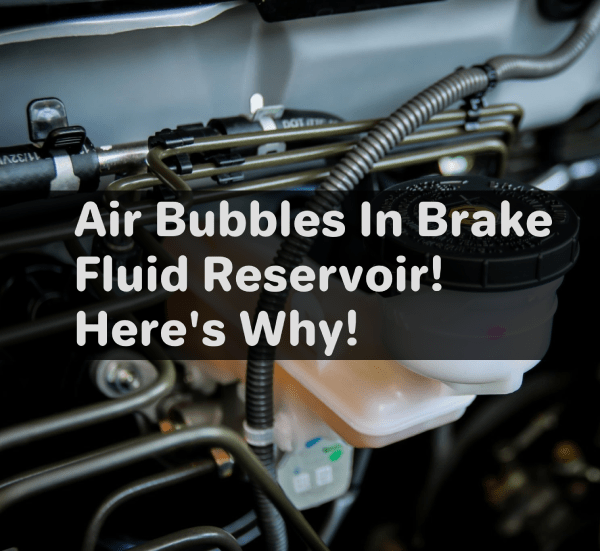
I will discuss each possible cause in greater detail below. However, one thing is for sure. Regardless of what causes your brake fluid to bubble, it is an indication that is time to change your brake fluid.
Water
Brake fluid is a hygroscopic fluid that’s either glycol or silicone-based. Being hygroscopic, it is prone to absorbing water from the atmosphere. So over time, your brake fluid which was 100 percent pure, will become diluted. When this happens, the chemical properties of the fluid change. One such property is the boiling point.
Brake fluids are designed to have a very high boiling point, usually in the range of 350•F to 500•F. But after it has absorbed water and becomes diluted, the boiling point could drop to about 200•F. The lower boiling point is a result of the water present in the brake fluid, and upon applying the brakes, the high temperature causes the brake fluid to boil.
This can cause the bubbling effect seen in the brake fluid reservoir. This process occurs gradually, and that is why it is recommended to replace the brake fluid after every two to four years.
Air
The presence of air in the brake lines can cause the bubbling phenomenon that is sometimes seen in the reservoir. It is not unusual to see air in the reservoir since the reservoir is not supposed to be filled up. But when the air finds its way below the fluid and into the brake lines, that is when it becomes a problem.
How does air get into brake fluid?
Air can get into the brake lines as a result of low brake fluid. Although the brake fluid reservoir is semi-airtight, decreasing the brake fluid level forces air into the container simply because it can not be a vacuum. Why is this happening? Well, there’s a simple explanation.
As you continue to use your brakes, over time, the brake pads wear out, becoming thinner and thinner. When this happens, the distance between the brake pads and the rotors increases.
To account for the increase, the pistons in the brake caliper will extend to make sure that your brake pads maintain an even distance from the rotors. The extension of the pistons in each set of brakes is relatively insignificant when you consider only one set of brakes.
But as all four wear out simultaneously, the distance adds up. So ultimately, the brake fluid level decreases as the distance between the brake pads and rotors decreases.
So if you fail to top up your brake fluid or change your brake pads (which is one of the common causes of lower fluid levels), then you are bound to suck in some air into the system.
Apart from worn-out brakes, other avenues through which air can get into the brake lines are through a faulty brake caliper or piston or when shortening the brake lines, and even when opening the reservoir cap to check the fluid level. However, when the brake fluid is at the correct level, opening the reservoir cap has a negligible impact on the system.
What happens if air gets into brake fluid?
The first thing you will notice is that your brake feels soft and spongy when applied. Whether the air is a result of water in the brake fluid or a low fluid level in the reservoir, you almost don’t feel that strong reassuring grip that your brakes are active. In some cases, you may have to pump the brakes a couple of times before it becomes effective.
The reason is that, unlike brake fluids, air can easily be compressed In a worst-case scenario, the brake pads may collapse, making it nearly impossible to apply brakes. Also, if the air in your brake pad is a result of water, then it is likely going to corrode certain components of the brake system.
One such components that are easily corroded by water in the braking system are the copper crush washers and the iron calipers. Rusty iron calipers can become stiff over time and stop functioning properly.
What to do if you have air bubbles in the brake fluid reservoir
Soft and spongy brake pedals caused by air bubbles are definitely a problem to be addressed immediately. If left unchecked, this could cause more damage to the system, and you are putting your life in danger as well. Brakes are unarguably one of many components of a car that can’t be overlooked.
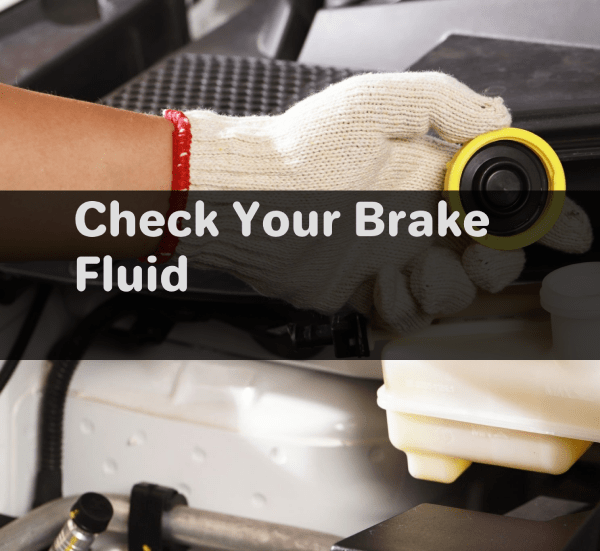
For a problem like this, there is a quick fix (if you’re lucky) that is not so expensive, and there’s another option that’s relatively more expensive. If the air bubbles are from dissolved water, then all you need to do is take your car to a mechanic and have the brake fluids bled out properly.
Replace the fluid, and your problem is gone. But if it is a result of worn-out brake pads, then you’ll have to get those replaced. Otherwise, you’d just be setting yourself up for more problems in the future. That being said, let’s talk about how to get rid of those air bubbles in your brake fluid reservoir.
How do you get the air out of the brake reservoir?
One way to get the air bubbles out is by bleeding or flushing the brake fluid. Bleeding is the process of removing trapped air in your brake system by purging out the brake fluid. There are two ways of doing this, the more traditional manual methods and using a pressure bleeder. Let’s start with the traditional method first:
Two-person manual bleeding
This method involves about four steps, and you’d need an assistant to help you. So the first step is to clean the reservoir and rid it of the old brake fluid. Try to be as meticulous as possible because you don’t want the old fluid to contaminate the new one. After doing that, turn a fresh bottle of brake fluid into the reservoir until it reaches the top line.
Note that you’ll have to keep topping the brake fluid during the entire process. Now get your assistant to start pumping the brake pedals to build pressure. After pumping the brakes for a while, open the bleeder, and then let your assistant pump the brake four more times. Old brake fluid will be purged out as the pedals are applied.
At each round, your assistant will inform you when the brake pedals are being released so you can close the bleeder valve. Timing is important here.
Otherwise, air will be sucked back into the system. Repeat the process again and again until, instead of having spurts, you see a steady stream of brake fluid coming out of the vacuum line. This indicates that the air has been removed.
Single-person manual bleeding
If you don’t have someone to assist you, then it would be difficult to use the first method. In that case, here’s a workaround. Get a clear plastic bottle and fill it up with fresh brake fluid. Then get a vacuum hose, insert one end of the vacuum hose into the bottle containing the brake fluid, and the other end of the hose should go into the brake caliper bleeder feeding.
Remember to ensure that the hose is well submerged inside the bottle. After setting this up, head inside the car and begin pumping the brakes. It is recommended that you pump the brake about 25 times in a slow and deliberate manner. Repeat the process for all the other sets of brakes.
One tip you should note is that while pumping the brakes, try not to push it too far down. Doing so will force the secondary pistons of the master cylinder to come in contact with sediments or debris on the wall of the cylinder, and this can damage the piston seals. You should only push the brakes halfway down, and to make sure you do this consistently, you can place a thick piece of wood between the brake pedal and the car.
The pressure bleeder method
For this method, you’d need a pressurized bleeding machine. It is quicker than the traditional method of bleeding the brake fluid. An air hose is attached to the machine, and the other end of the hose is attached to the top of the master cylinder.
Then the bleeder valve is opened to collect the old brake fluid. The pressure bleeder is an apt name for the machine which applies regulated pressure to force the old brake fluid out while the fresh brake fluid is put into the system.
Although this process is simpler and makes the bleeding process a one-man job, it is, however, more expensive compared to the traditional methods.
Prevention tips for avoiding air bubbles in brake fluid reservoir
Although air bubbles will eventually get into the brake fluid with time, there are some steps you can take to ameliorate the problem. Here are 5 tips that would help;
- Avoid opening the brake fluid reservoir as much as possible
- Replace worn-out brake pads as soon as possible
- Ensure that brake fluid bleeding or flushing is done correctly.
- Use the recommended brake fluid for your car
- Change the brake fluid after the recommended mileage (usually around 30,000 miles)
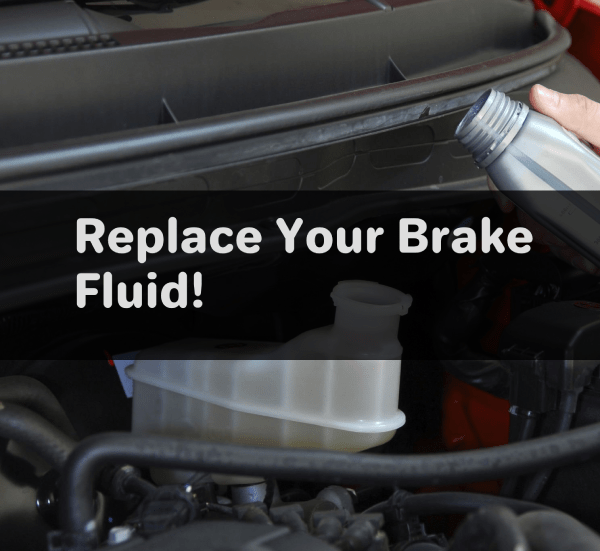
Conclusion
Brakes are important for our safety, and maintaining a good brake system assures us the protection we need while driving. The brake system rarely develops any faults except for the occasional depletion of the brake pads and, of course, the air bubble phenomenon, which is the reason for this article.
If you followed this article to the end, then you must have seen the impact the air bubbles can have on the brakes, how to get rid of the air and how to prevent it. Did I miss anything you would like to know? Let me know in the comment section.
Iliah is the co-founder of Mechanic Ask, where he writes detailed step-by-step tutorials for repairs and mods. He also posts videos walking through things like engine swaps, suspension lifts, and tuning chips. Iliah uses his blog as an educational resource for car enthusiasts based on the knowledge he’s gained from 15 years as an ASE-certified master technician. His repair manuals provide even novice readers the confidence to take on big projects.

